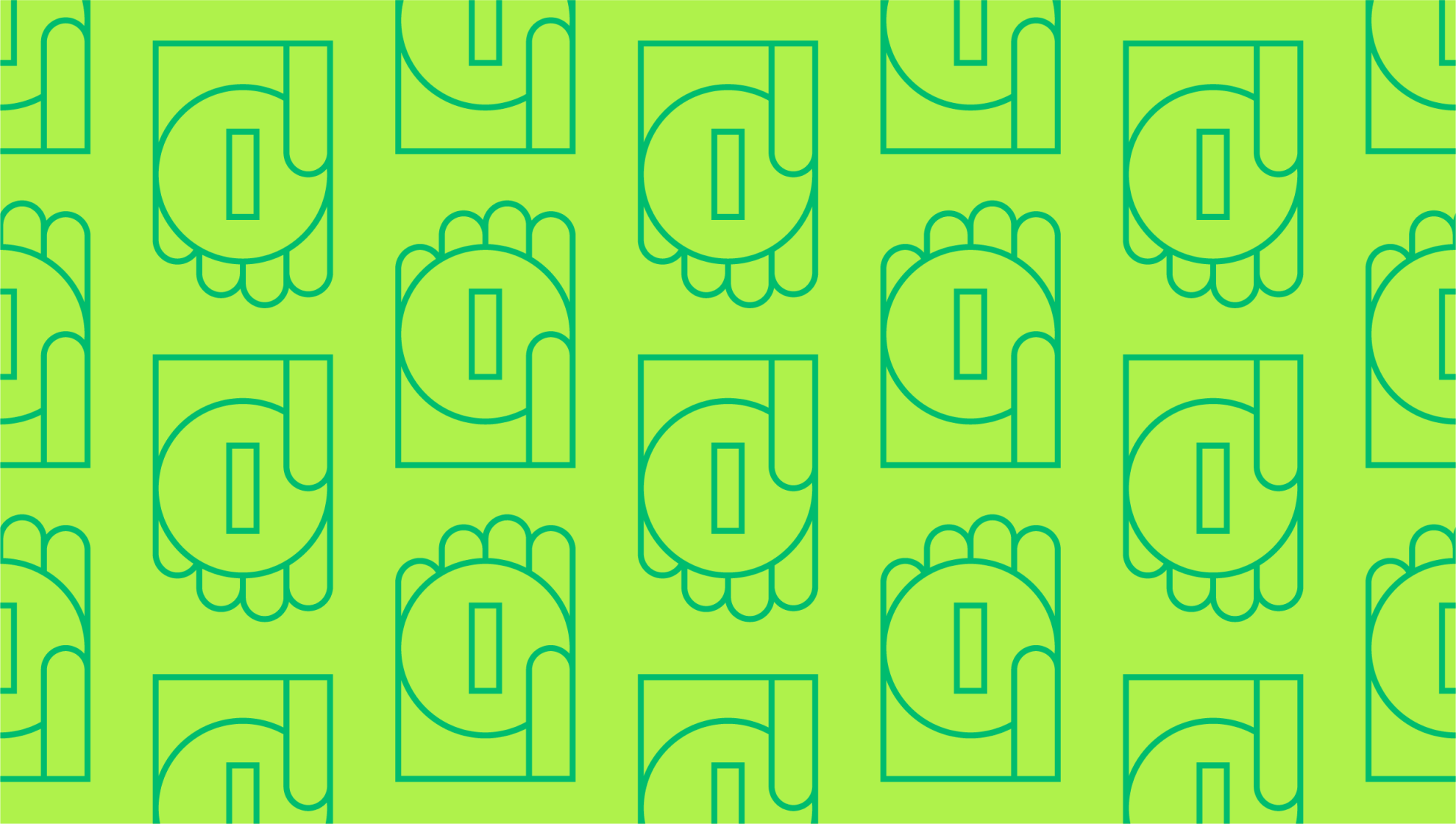Last editedOct 20213 min read
In an ideal world, all invoices would be paid on time, and you’d never have to worry about chasing up on late payments from a client. Unfortunately, clients are only human – and that means that sometimes they forget to pay your invoice. When the clock’s ticking on a late invoice and you have bills of your own to pay, it’s tempting to fire off an angry letter. It’s worth your while to learn how to write a professional payment reminder email instead to keep customer relationships strong. Here’s how to get started.
Timing your invoice reminder email
Timing is everything when it comes to requesting payment. You want your work to be fresh in the client’s mind, so it’s often best to request payment immediately after the invoice has been received. However, many businesses use Net 30 or Net 45 payment terms instead, giving the client more time to pay. In these cases, you can give a gentle nudge by sending a follow-up email one week before the invoice’s due date.
If this first email doesn’t garner a response, send a second payment reminder email the day after the invoice is past due. You’ll then need to submit regular follow-up emails on a weekly basis until the payment is submitted.
What to include in your payment reminder email
Simplicity is key. You don’t need to include every single payment detail on your payment reminder email to clients; that’s what the invoice is for. However, it is a good idea to include the invoice number and payment due date for reference. You should also address the email to an individual, rather than a ‘to whom it may concern’ or generic ‘accounts payable’.
Once the payment is officially overdue, you could also attach a copy of the invoice with your payment details in case the original has been misplaced.
Outstanding payment reminder email example
Here’s an example email to send one week before payment becomes due:
Email subject: Payment reminder for invoice #523
Message:
Hi (Client’s Name),
I hope you’re doing well. This email is just a reminder that payment for invoice #523 will be due next week on April 15. Please let me know if you have any questions!
Best wishes,
(Your Name)
This example invoice reminder email is short and to the point. The client probably already has the invoice on hand, so there’s no need for extraneous information. It also gives him the chance to ask any questions about payment methods or a request for additional time if necessary.
Here’s a second example, this time for a payment overdue reminder email.
Email subject: Invoice #532 is past due.
Message:
Hi (Client’s Name),
Our records indicate that payment has not yet been received for Invoice #532, which is now overdue in the amount of $2,000. If you’ve already submitted a payment, please ignore this email. If you have any questions or have misplaced the invoice, please let me know and I’d be happy to assist you.
Best wishes,
(Your Name)
The tone is slightly firmer with this email now that the payment is officially overdue, but it still is friendly and gives the client the benefit of the doubt. It also gives the additional detail of how much is owed, in addition to the invoice number. This payment overdue reminder email shows the client that you’re aware that the payment is past due, and you expect to receive the money.
What to do if outstanding payment reminder emails don’t work?
While you can send follow-up emails for a few weeks once the payment becomes overdue, after a full month it’s time to be more direct. You’ll need to phone the client directly to be sure you’re speaking to the right person and find out when they expect to pay you. It’s more difficult for accounts payable to ignore a phone call than it is to put off answering your email. If this approach also doesn’t yield results, you may need to get legal advice and ultimately take the invoice to a small claims tribunal.
Tips to prevent late payments
Of course, the best way to avoid sending outstanding payment reminder emails is to prevent late payments in the first place. Here are a few tips:
Be upfront about payment terms before you start the job.
Send your invoice immediately once the job is complete.
Make payment due dates very clear on your invoice.
Offer discounts for early payments.
Charge interest on late payments.
Finally, remember that you can automate the invoicing process with accounting software to take the personal element out of the equation. If you find it a struggle to write payment overdue reminder emails, make the software do it for you.
We can help
GoCardless helps you automate payment collection, cutting down on the amount of admin your team needs to deal with when chasing invoices. Find out how GoCardless can help you with ad hoc payments or recurring payments.
